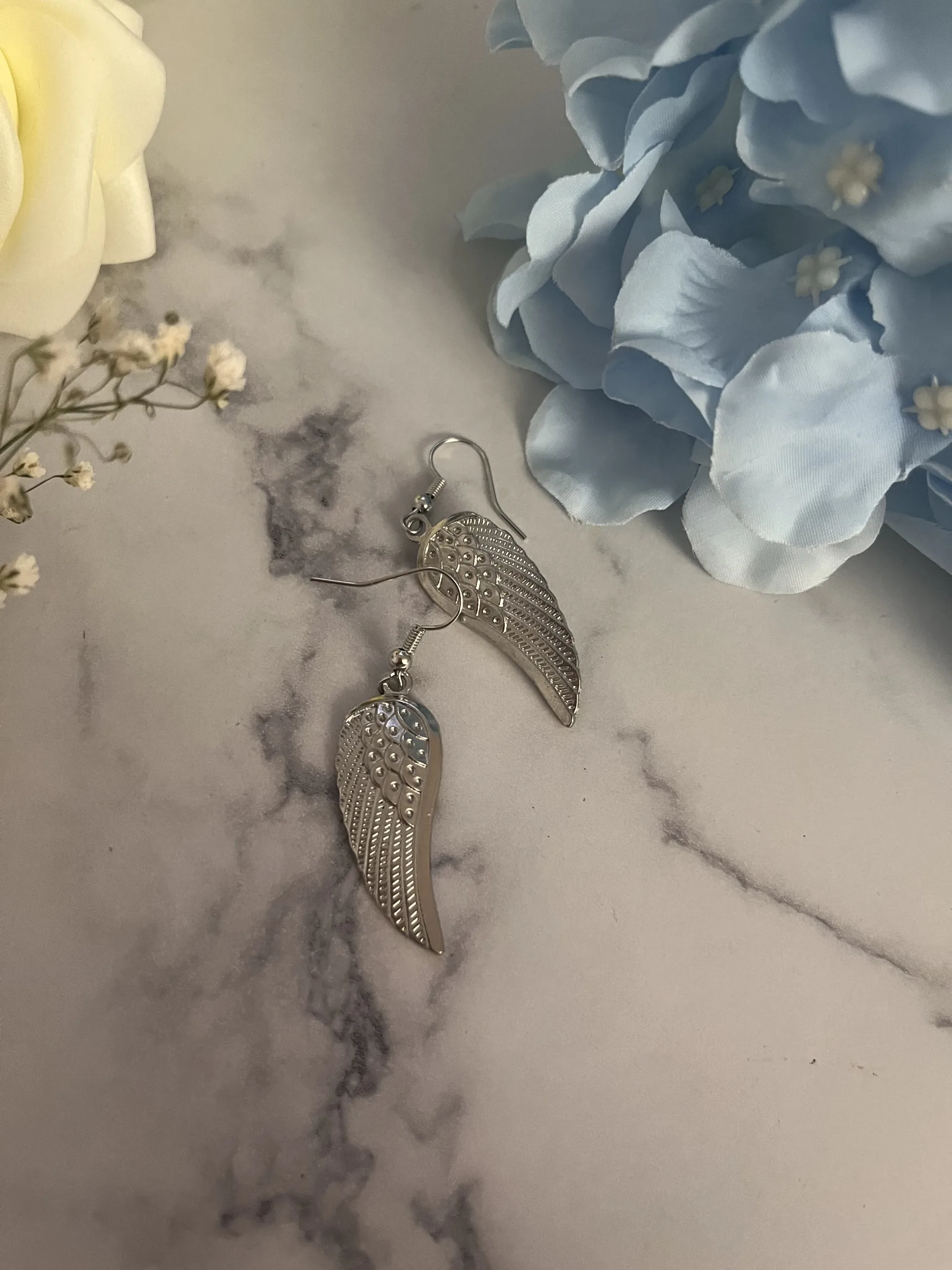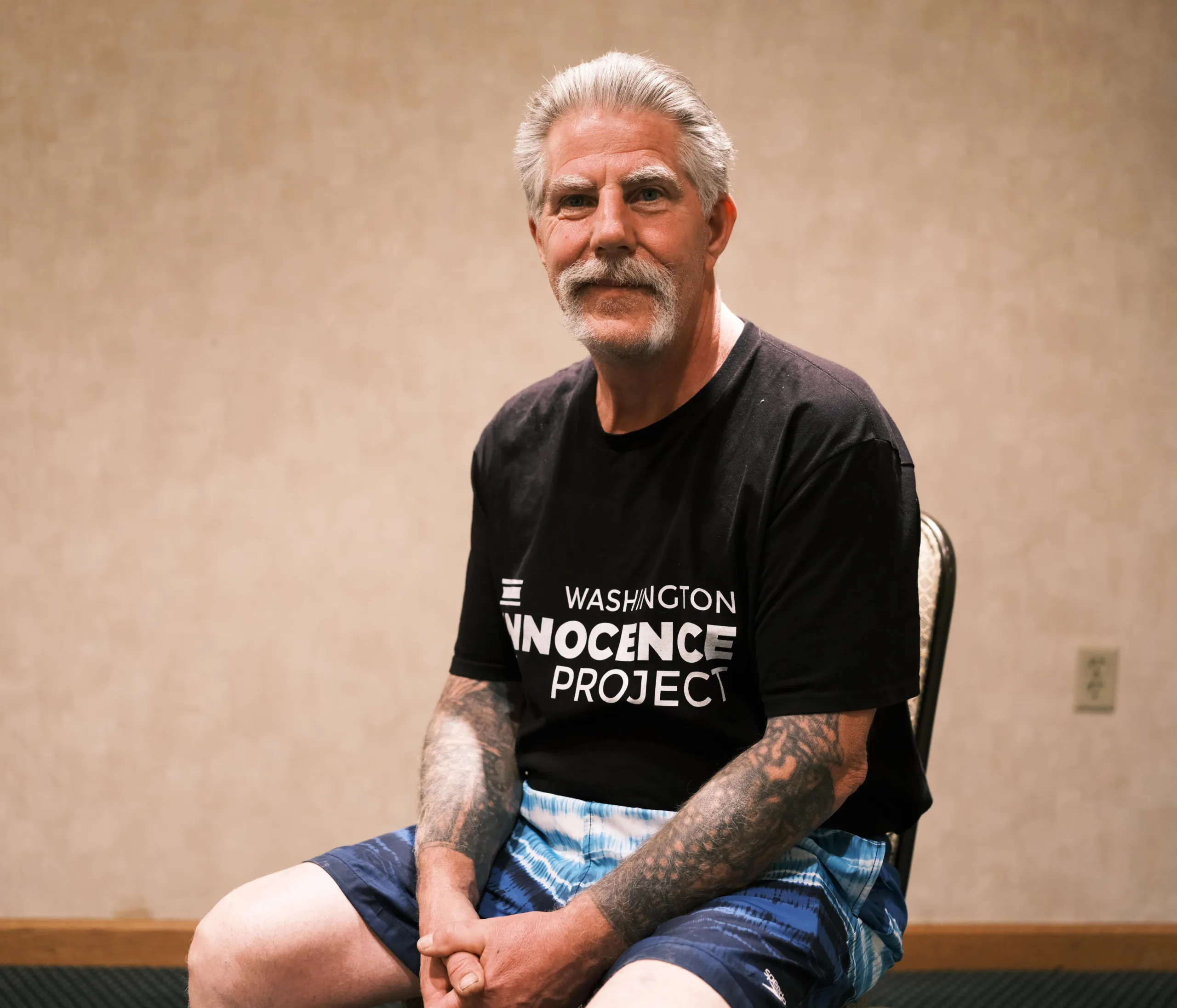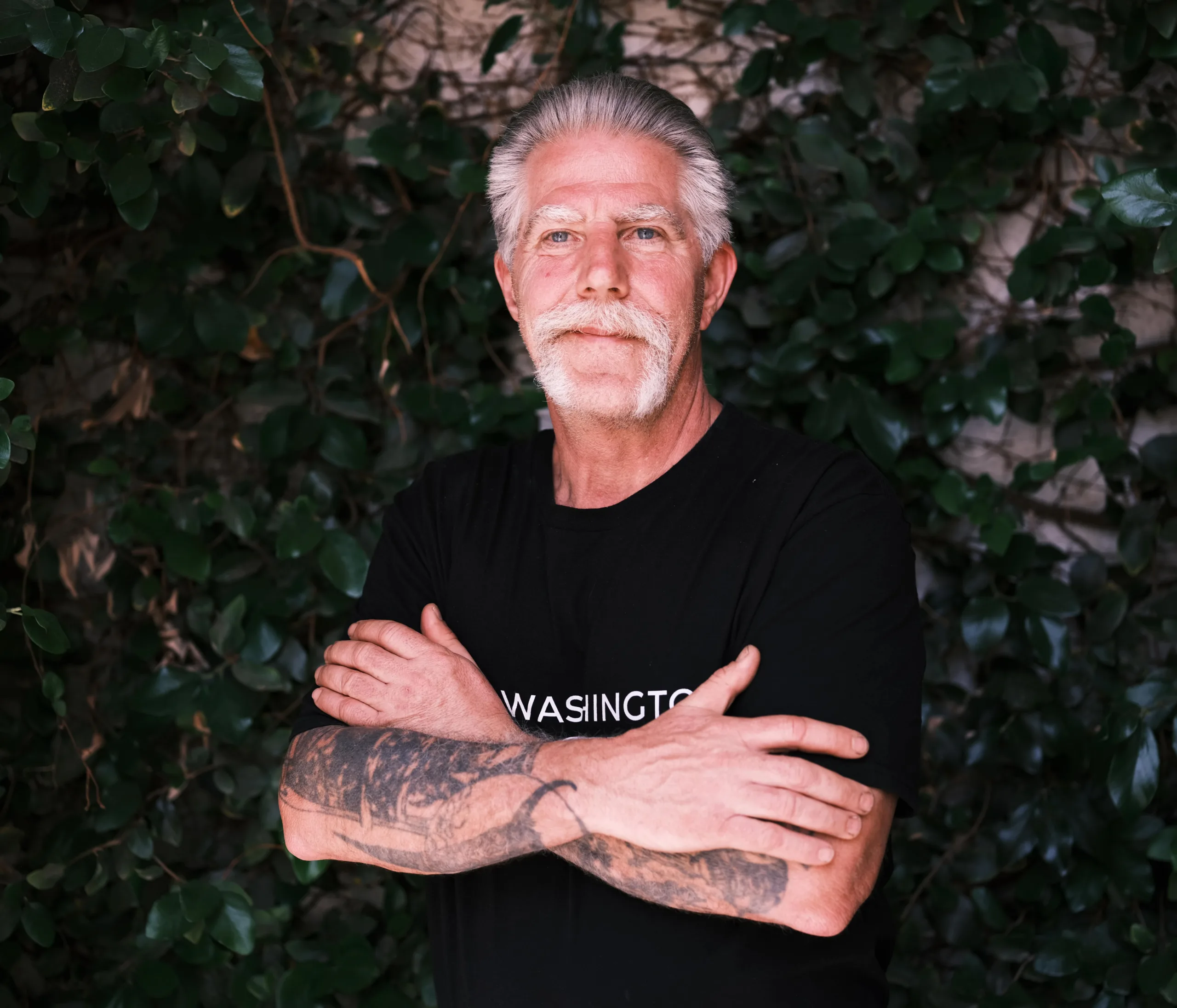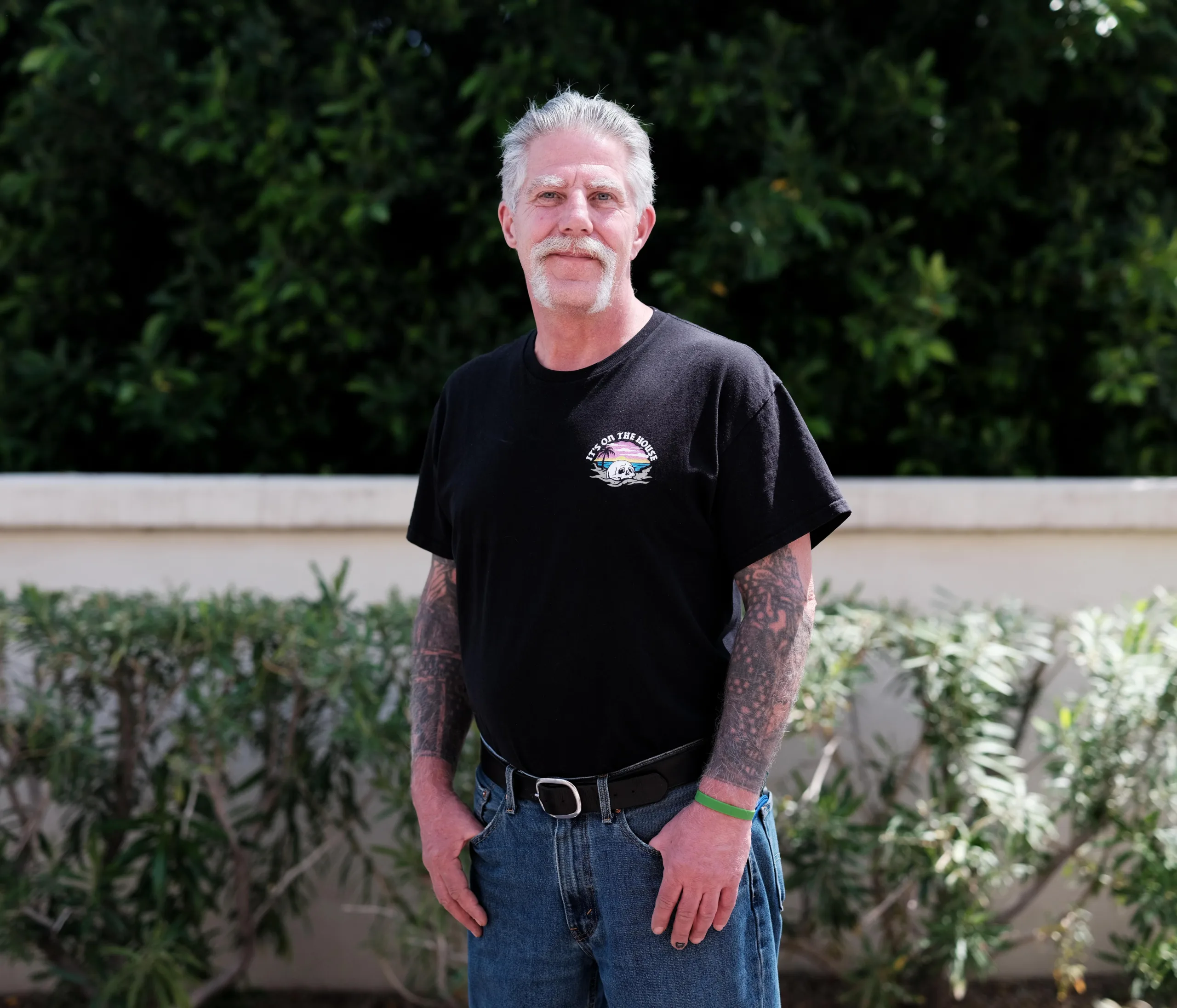For This Wrongly Convicted Man, Making Jewelry ‘Takes Away From the Hardness That Prison Created’
Kenneth Hovland found solace in jewelry-making through his four decades of wrongful conviction.
07.12.23 By Meghan Nguyen

Kenneth used jewelry-making to aid in his journey of healing after the traumatic experience of wrongful conviction. (Image: Innocence Project)
“They said I was an animal that would spend the rest of my life in prison,” Kenneth Hovland recalled of the beginning of his wrongful incarceration. Mr. Hovland’s life was profoundly altered in 1982 when he was wrongfully convicted of murder in Snohomish County, Washington. At the age of 23, with two young children, he was sentenced to life in prison without the possibility of parole.
“From that time on, I started focusing on bettering myself, and not becoming what corrections wanted me to be … They wanted me to be the person that the media portrays us to be. And that’s not who I am,” he said. So Mr. Hovland enrolled in as many programs to “better” himself as he could. To stay positive, he was constantly trying to learn new things, even beyond the prison’s programs — which is how he discovered his passion for jewelry-making.
“I learned about jewelry when I was on the inside, first doing belt buckles and then I met individuals in there that had been doing jewelry for a number of years,” said Mr. Hovland. “And I learned from them, just watching and practicing and studying, reading what I could, doing the different techniques and still learning.”
Mr. Hovland said he has always been a creative person who enjoys working with his hands, so jewelry-making allowed him to feel like himself again.
“I’m generally an easygoing, loving person, real gentle. And [jewelry-making] takes away from the hardness that prison created … It helped a lot for therapy and just seeing the beauty in life,” he said.
Mr. Hovland ultimately spent 40 years wrongly convicted based on the use of flawed forensic methods — namely, microscopic hair comparison, fiber evidence and bite mark evidence, which have led to the wrongful convictions of numerous innocent individuals. However, with the help of the Washington Innocence Project, Mr. Hovland’s case gained momentum as they presented prosecutors with compelling evidence that discredited these unreliable techniques.

(Image: Kenny Karpov/Innocence Project)
While spending four decades behind bars, Mr. Hovland faced the daunting task of navigating the legal system to secure his freedom. Eventually, he made the difficult decision to enter an Alford Plea, a legal mechanism that allows defendants to maintain their innocence while acknowledging that the prosecution has sufficient evidence to convict them. This plea resulted in his immediate release on Oct. 6, 2021, marking a new chapter in his life at the age of 62.
“When they ended it with the [plea] offer, I called my mom and asked her opinion on it,” said Mr. Hovland. “She said, ‘We know the truth. I just want you home.’ So that was the deciding factor.”
With his newfound freedom, Mr. Hovland is pursuing his passion for jewelry-making while embarking on a journey across the United States. With his newly acquired 2011 Chevy cargo van, he plans to travel to various destinations known for their gem mines, hoping to combine his love for creating jewelry with the opportunity to learn from other fellow artisans and explore different jewelry-making techniques.
“What kept me going was my dream of eventually doing my jewelry on the road traveling,” Mr. Hovland said. “I focused on learning business and learning my jewelry, and all that. And I knew, eventually I would get out. But it kept me moving, kept me focused on the positive that was going to come from it.”
Beyond his artistic ambitions, Mr. Hovland also hopes to share his story and shed light on the flaws in the criminal legal system that have devastating consequences for innocent individuals. At the Innocence Network Conference this past April, he was able to be in community with other individuals who understood his experiences and shared in his goal to raise awareness about wrongful convictions.
“Going to the convention was a big help for me because I was able to sit down with individuals that have already been through what I’ve gone through and had been out for longer than I have,” Mr. Hovland said. “And they were able to give me guidance on what I could do in my situation and how they coped with it.”
As he rebuilds his life after wrongful conviction, Mr. Hovland’s message to others facing similar challenges is to take things slow, seek guidance from those who have been through similar experiences, and to find support in communities of understanding individuals.
“I heard a song that basically summed up my experience in words by the Foo Fighters called ‘Walk’ — that song just spoke to me because they said it all,” Mr. Hovland said. “[We have] to take those baby steps, and then learn how to walk … It’s just everyday hurdles.”


Leave a Reply
Thank you for visiting us. You can learn more about how we consider cases here. Please avoid sharing any personal information in the comments below and join us in making this a hate-speech free and safe space for everyone.